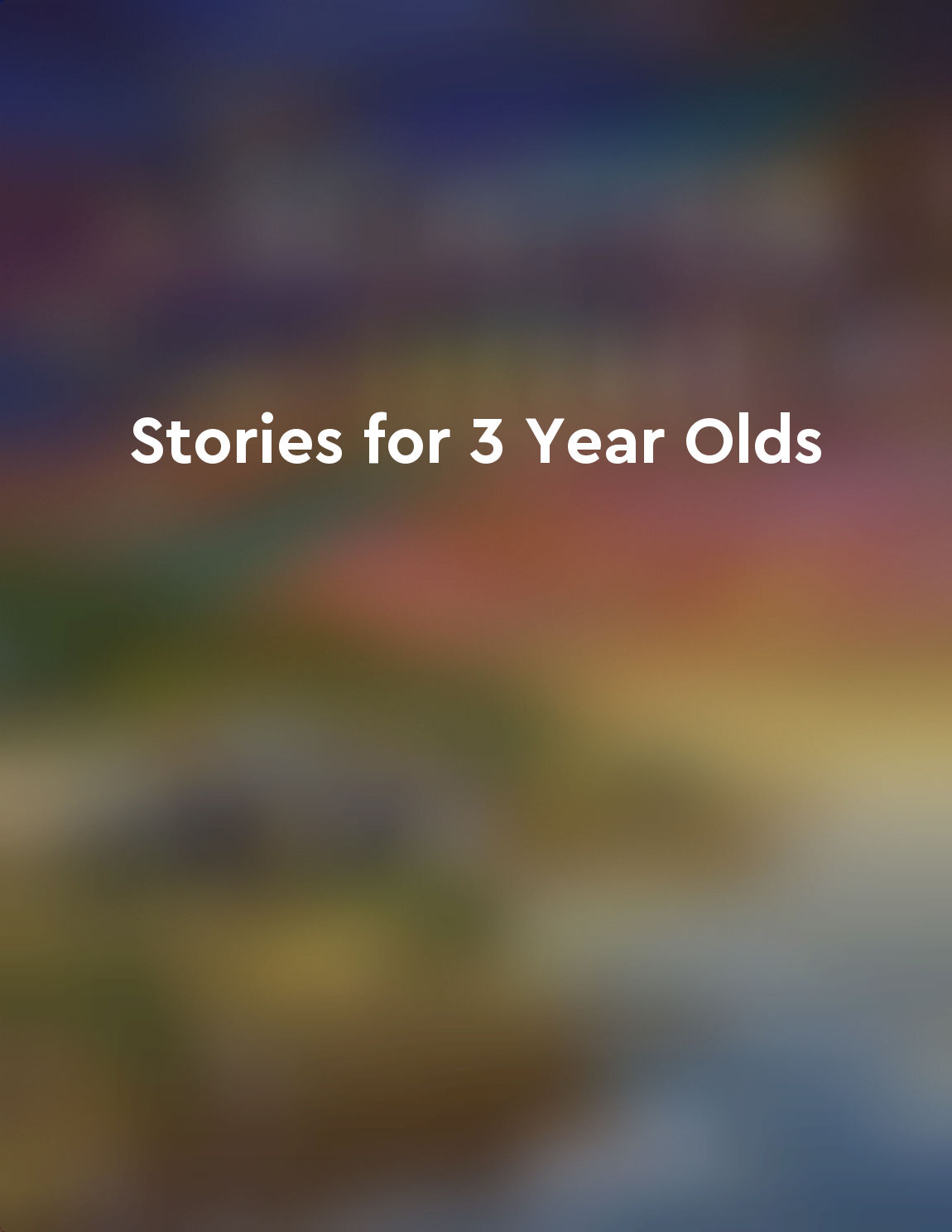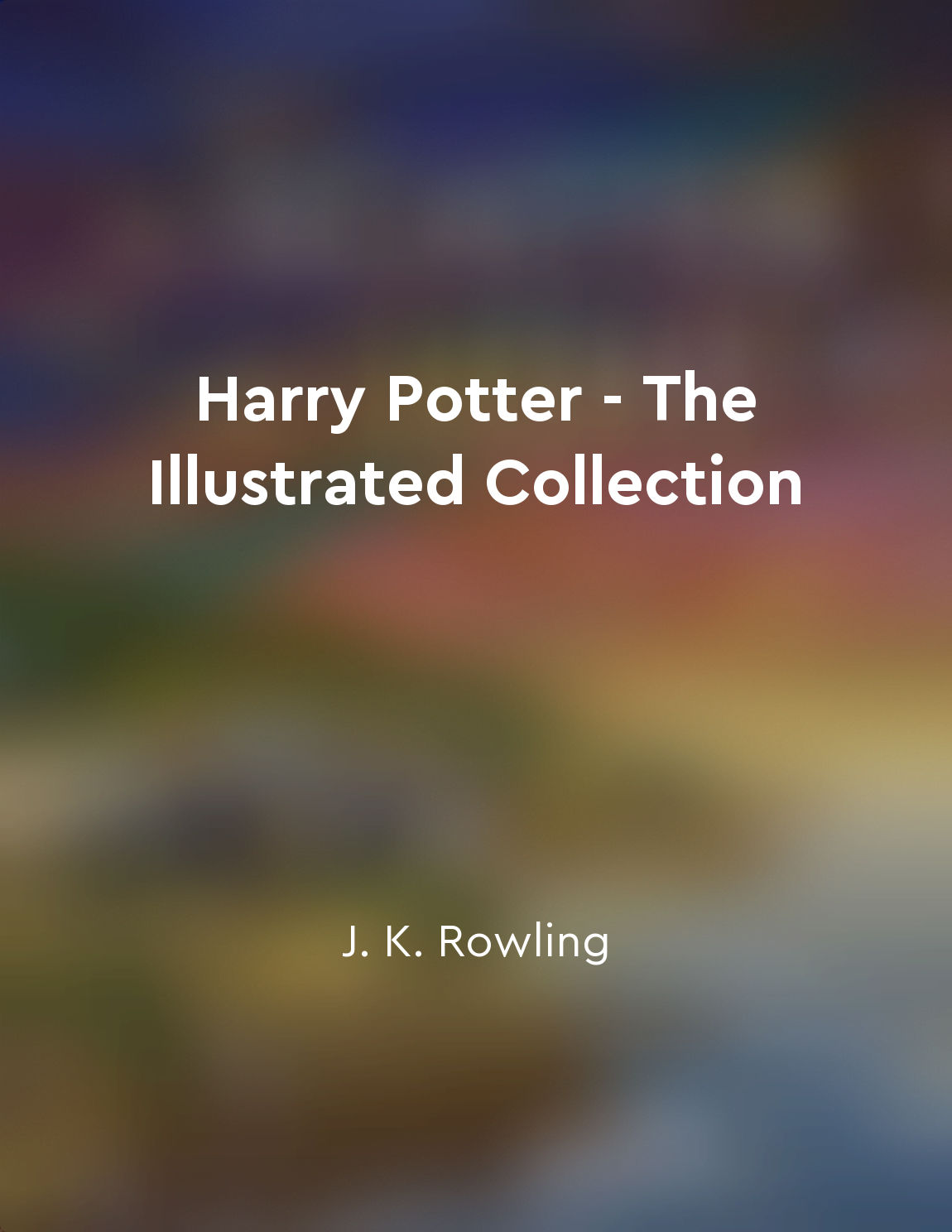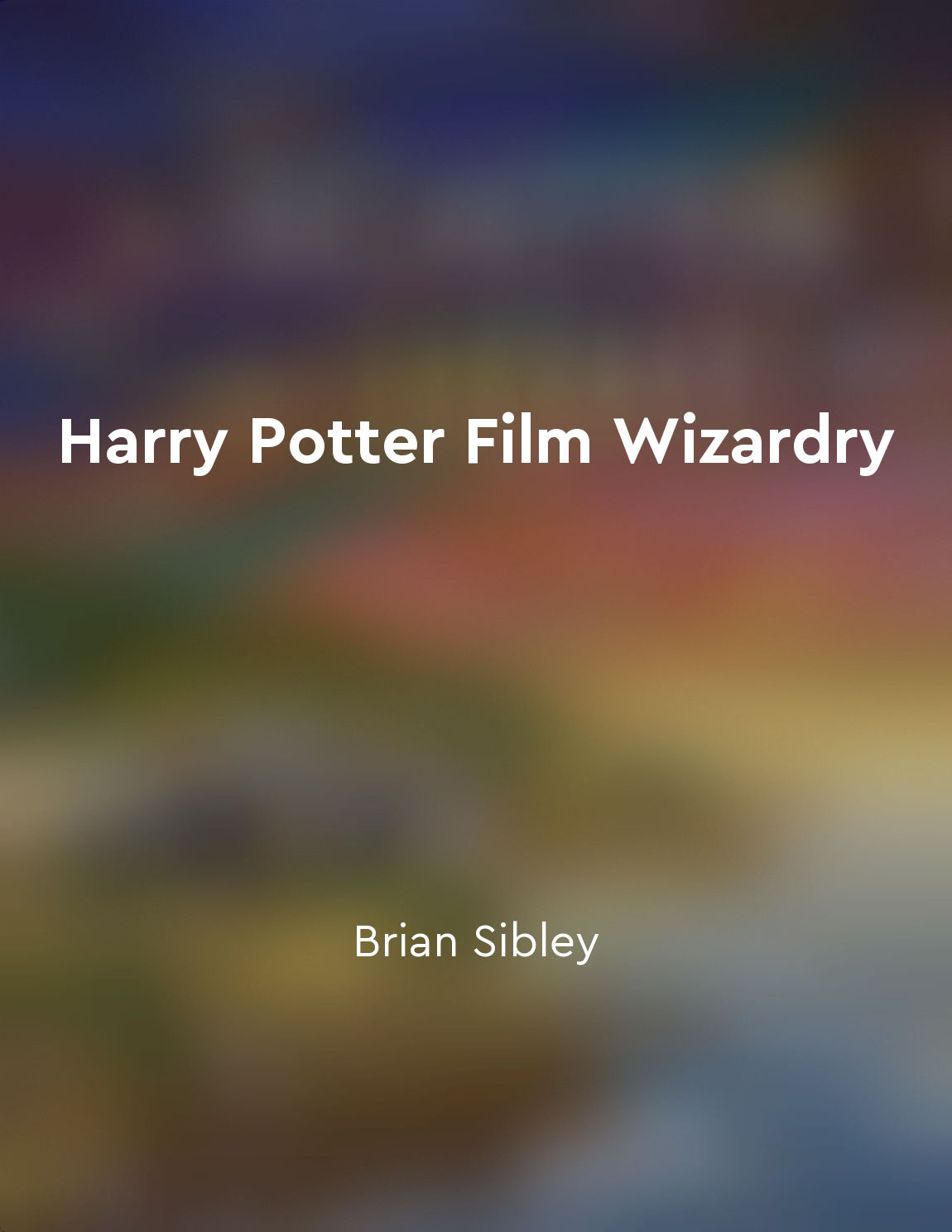Audio available in app
Analysis of film adaptations from 1951 and 2010 from "summary" of Disney in Wonderland: A Comparative Analysis of Disney's Alice in Wonderland Film Adaptations from 1951 and 2010 by Franziska Schütze
The examination of film adaptations of Disney's Alice in Wonderland from 1951 and 2010 delves into the intricate web of similarities and differences between the two versions. By dissecting various elements such as characters, storyline, setting, and visual aesthetics, a deeper understanding of how the timeless tale has evolved over time is achieved. One of the key focal points of this analysis is the portrayal of the protagonist, Alice, in both films. The 1951 adaptation presents her as a whimsical and curious young girl, while the 2010 version depicts her as a more empowered and assertive character. This shift in characterization reflects broader societal changes and shifting perceptions of femininity and agency. Furthermore, the examination of the supporting characters in both adaptations sheds light on how these figures contribute to the overall narrative and tone of the films. From the eccentric Mad Hatter to the enigmatic Cheshire Cat, each character serves a distinct purpose in guiding Alice through her fantastical journey in Wonderland. Moreover, the analysis also delves into the visual aesthetics of the two adaptations, exploring how advancements in technology and filmmaking techniques have influenced the overall look and feel of the films. The vibrant colors and whimsical animation of the 1951 version contrast with the more surreal and visually stunning CGI effects of the 2010 adaptation, highlighting the evolution of cinematic storytelling over the decades. By comparing and contrasting these two adaptations, a nuanced understanding of how the core themes and messages of Lewis Carroll's original work have been reinterpreted and reimagined for contemporary audiences emerges. Through this analysis, a deeper appreciation for the enduring legacy of Alice in Wonderland and its ability to resonate with viewers across generations is cultivated.Similar Posts

Encourage active participation and engagement in storytelling
The magic of storytelling comes alive when children are actively involved in the narrative. As a storyteller, it is important t...

Resilient female protagonists
The women I write about are not delicate flowers to be coddled and protected. They are survivors, with sharp minds and even sha...
Anne thrives in academics and wins prestigious scholarship
In her academic pursuits, Anne Shirley excelled beyond expectations, showcasing a remarkable intelligence and a thirst for know...
The beauty of acceptance
In the story of 'A bela e a fera', we see a powerful message about the beauty of acceptance. This concept is beautifully illust...
The Queen of Hearts as a representation of authority
One key aspect to consider when examining the character of the Queen of Hearts in Disney's Alice in Wonderland adaptations is h...
The evolution of censorship and ratings in 1980s horror
John Kenneth Muir explores the intricate relationship between censorship and film ratings in the horror genre during the 1980s....

Dumbledore forms a secret group to fight Voldemort
At the Hogwarts School of Witchcraft and Wizardry, Professor Dumbledore gathered a group of students who were willing to fight ...

Interviews with cast and crew provide insider perspectives on the filmmaking experience
The magic of filmmaking comes alive when we hear directly from the people who bring the characters to life on screen. Through i...
Happy endings are earned, not given
In the world of fairy tales, happy endings are not simply handed out like pieces of candy on Halloween night. They are not a pr...
